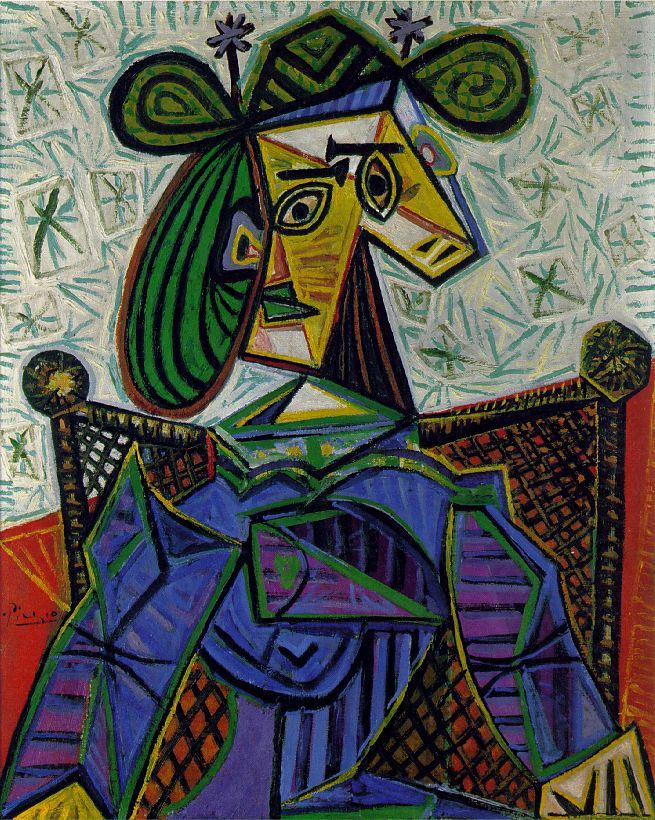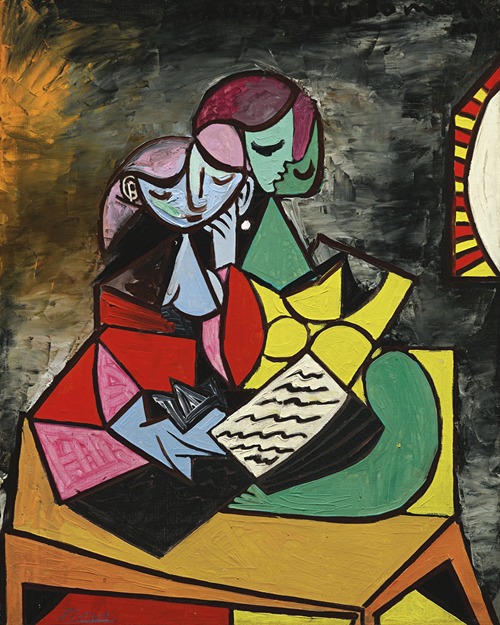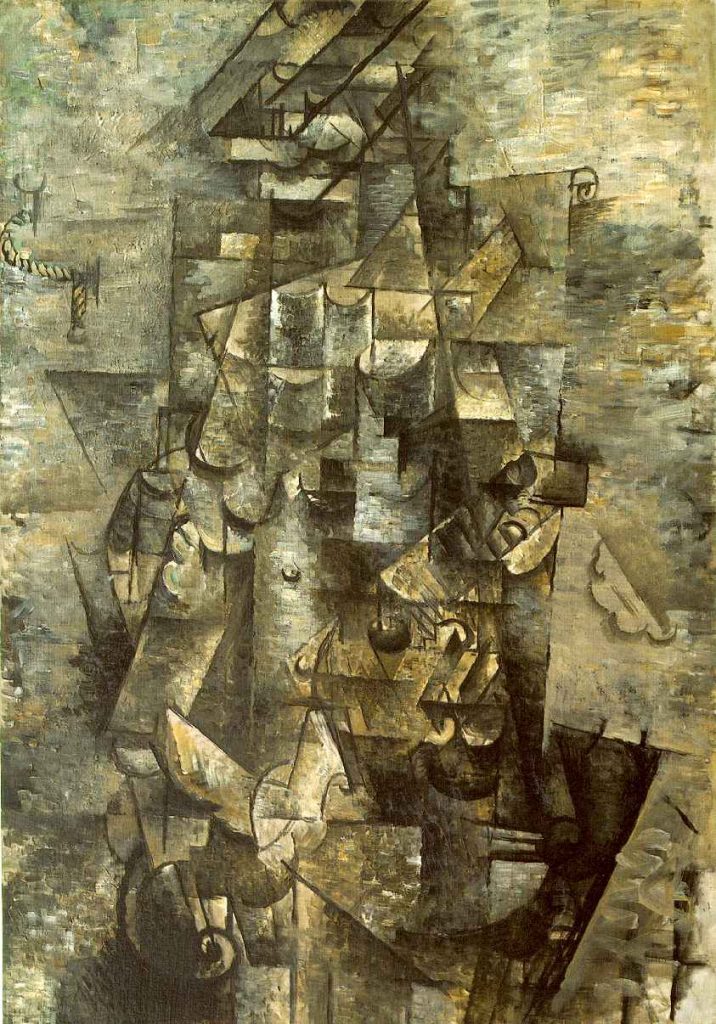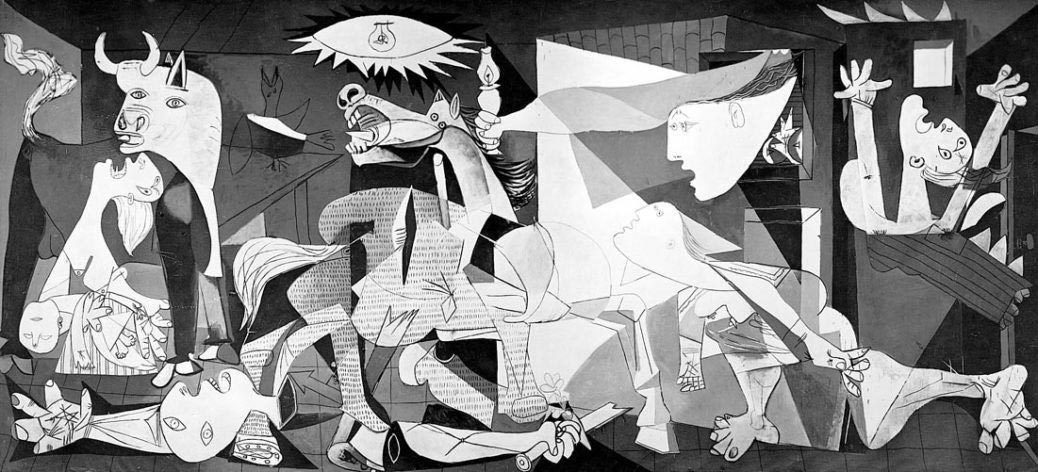What is Cubism?
Cubism is a modern art movement that was active between 1907 and 1918, emerged and represented in France under the leadership of Pablo Picasso and Georges Braque, and began to be called “Cubism” after the article of a critic named Louis Vauxcelles.

The cubism movement is fundamentally concerned with form, the shape of the form, the perspective of the form and the formal line are the most essential elements for cubism. The main issue here is to create an expressive result about what is seen rather than imitating what is seen. The artist does not aim to imitate what he sees as a process.
The artist strives to convey the expression he or she captures in what he or she observes. Seeing a discourse reflected there, the artist undertakes the task of describing it in the best way possible. Therefore, this attitude is a pure impulse of expression free from imitation.
Picasso insisted on this issue quite persistently and said that he did not believe in the process. For him, the result he reached and the way he was able to reflect this result were important, so the fact that the way of reflection could change did not scare him, on the contrary, he argued that an artist should preserve this change.
Therefore, the artists in this movement have a very different aim than to convey what they see as it is; to recreate the moment they see in an expressive way by taking it from many angles and even distorting it, changing it, putting it in different places. This is why a cubist artist must synthesize the moment he sees through a good filter in his mind. The basis of Cubism will arise from the transfer of this synthesis.
What distinguishes a poet from a researcher? If you give them both a flower with lush green buds in a vibrant red color, a poet will give you an exquisite drop distilled from it. Now the soul of the whole flower will perhaps be in that one drop. A researcher will give you a comprehensive article that will describe and explain every detail and every feature of the flower.
In one you will get to know the flower, perhaps learn its history and find out what it is for, and in the other you will feel it, perhaps love it, perhaps feel sad, perhaps even empathize with a flower. That is why painters are poets who use paint as a medium.



When Did Cubism Start and End? And Where it Started
The Cubism movement started in France in 1907. It continued to be active until 1918 and ended. However, its effects were seen in many fields afterwards.
How to Recognize a Cubist Painting? What are the Characteristics of Cubism
If you see a moment or an object being painted from more than one angle, if the shapes are more geometric and the forms are far from their natural forms but carry a formal expression, you are facing a cubist painting. It is as if an object was photographed from every angle and then the pieces cut from those angles were gathered on a single plane.
Perhaps the most easily recognizable paintings are cubist paintings, because they have succeeded in capturing a unique dynamism and formal identity, as they have developed an unusual way of perception. Considered in this context, cubist painting is one of the most original techniques developed in relation to form. Many perspectives and variations have developed on the road to Cubism, but these have generally been attitudes towards light, genre or subject matter. With Cubism, a very new perspective on form was introduced and it made us ask why not?
Therefore, the existence of its own formal identity offers the possibility of differentiation from other movements at this point.
What are the types of cubism?
There are two types of cubism: Analytical Cubism and Synthetic Cubism.
Cubism Examples



Most Famous Cubist Artist
- Pablo Picasso
- Georges Braque
- Albert Gleizes
- Juan Gris
- Paul Cezanne
- Andre Lhote
- Henri La Fauconnier
- Paul Klee
- Jean Metzinger
These are some of the first names that come to mind, there are many more cubist artists.
“If I paint a wild horse, you might not see the horse… but surely you will see the wildness!”
Pablo Picasso
Feel Free to Contact and Follow Me
